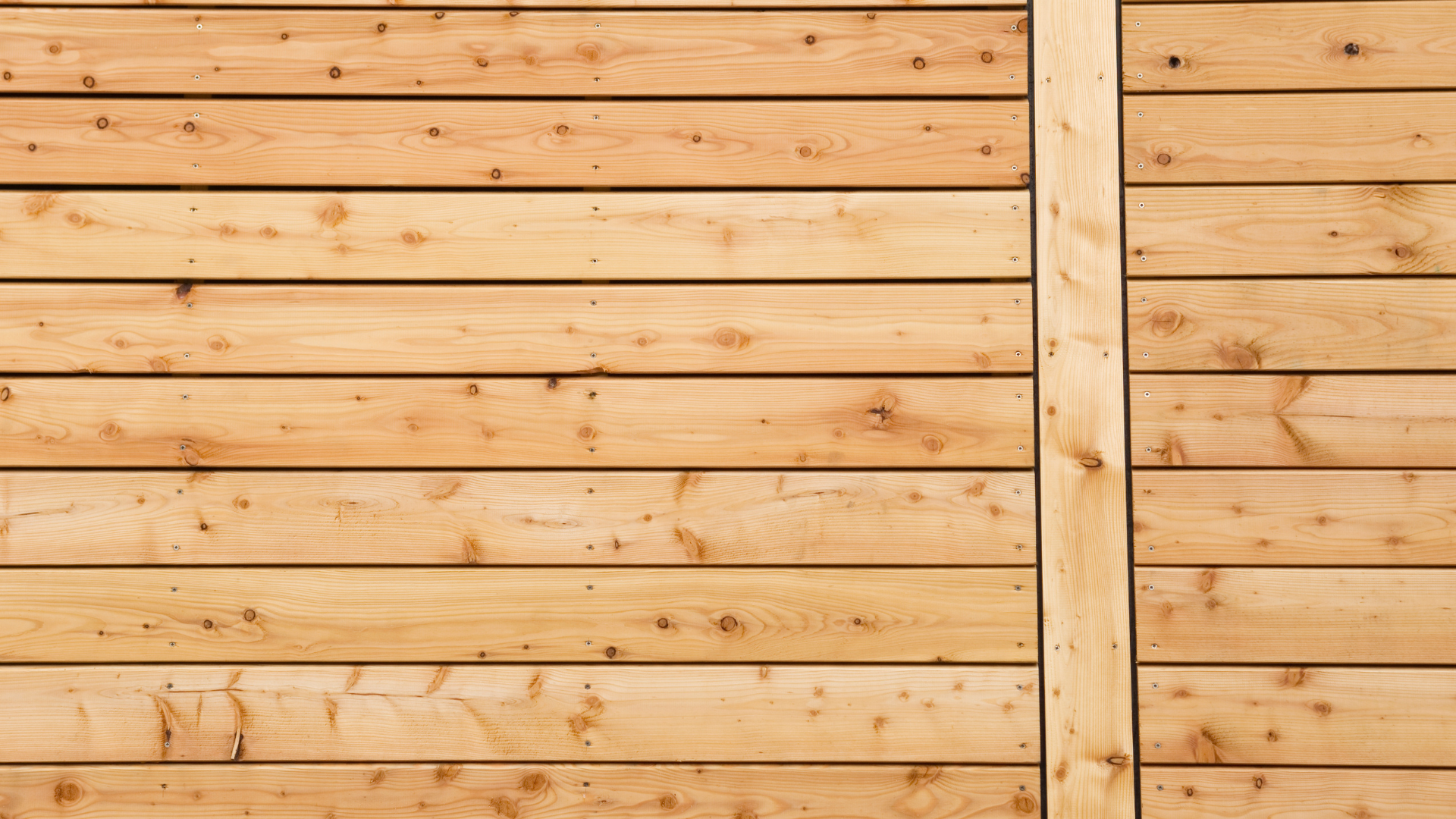When constructing or renovating garden buildings, cladding adds up to the overall protection. Besides shielding structures from the elements, it also enhances their visual appeal.
Selecting the right wood for cladding requires careful consideration. In this blog, we will explore some of the top choices to help you make an informed decision.
Wood Selection for Cladding
Timber cladding is a vital element in the construction world. It serves as the first line of defence against the harsh forces of nature. Acting as a protective shield, cladding safeguards buildings from the following:
- rain
- wind
- UV rays
- temperature fluctuations
This level of protection helps prevent potential structural damage in the structure. Made of wood, cladding brings a touch of timeless elegance to any building. It also complements various architectural styles, which is why many architects favour it for construction timber. But not all wood is created equal, and thus the importance of choosing the right timber type for cladding.
There are specific factors you need to consider, including
- the climate in the region
- maintenance requirements
- sustainability
With the right wood for timber cladding, you can ensure a robust building envelope. Plus, a visually striking exterior! In the following section, we will break down the best hard and softwood picks on the market.
1. Cedar
Cedar stands as a favourite among wood choices for exterior cladding. This timber material is, in fact, revered for its remarkable qualities.
One of its most notable features is its natural resistance to decay, insects, and moisture. This makes cedar a robust and long-lasting option for exterior applications. It also boasts an array of colour variations, enhancing the visual charm of any building. Warm-reddish-browns and light yellows are often the popular shade.
But what truly sets cedar apart is its ability to age gracefully. It acquires an appealing silver-grey patina over time. This adds character and uniqueness to the structure.
2. Redwood
Redwood stands as a top contender for cladding materials, and for good reasons. For one, it is renowned for its high durability and stability. Meaning it can withstand various environmental challenges without compromising its structural integrity.
Notably, redwood showcases remarkable resistance to shrinking, warping, and splitting. This reliability makes it an ideal selection for regions with fluctuating weather conditions.
Moreover, its clear-grade redwood is prized for its immaculate and knot-free surface. Say in a shiplap shed; imagine a polished appearance, thanks to redwood’s straight gain and rich hues.
3. Accoya
Accoya emerges as a game-changing choice in the world of timber cladding. It’s a modified wood with unparalleled performance. Through a technology called acetylation, its structure is altered at the cellular level. This results in outstanding durability and stability that surpass traditional woods.
What sets Accoya apart is its commitment to sustainability. Not only it’s durable, but also eco-friendly, reducing the strain on natural forests. Beyond cladding, it also finds diverse applications. These include windows and doors, decking wood and outdoor furniture.
Note: Acetylation modifies the wood’s composition, reducing its ability to absorb moisture. Thus, preventing swelling and shrinking.
4. Ipe
Ipe, a dense and exotic hardwood, reigns supreme in the realm of cladding materials. Hailing from South America, it’s highly resistant to rot, insects, and harsh conditions. Its exceptional durability makes it an ideal choice for outdoor applications.
Its distinct reddish-brown colour exudes a captivating richness. As time passes, ipe gracefully weathers to an elegant silver-grey hue. This transition further enhances its appeal and unique character.
Making the Right Choice
Cedar offers timeless charm, resistance to decay, and an appealing patina over time. Redwood stands out with high durability, stability, and resistance to shrinking and warping. Accoya impresses with exceptional performance and an eco-friendly profile sourced from sustainable timber. Ipe boasts outstanding weather resistance and a beautiful reddish-brown colour that weathers gracefully.
When choosing the ideal wood for timber cladding, take into account the following:
- specific project needs
- regional climate for optimal performance
Prioritise sustainable sourcing and look for certifications to ensure eco-conscious choices. Lastly, seek professional advice from experts like Timber X to make informed decisions.Got some questions for us? Get a quote, and our helpful team will be happy to help!
